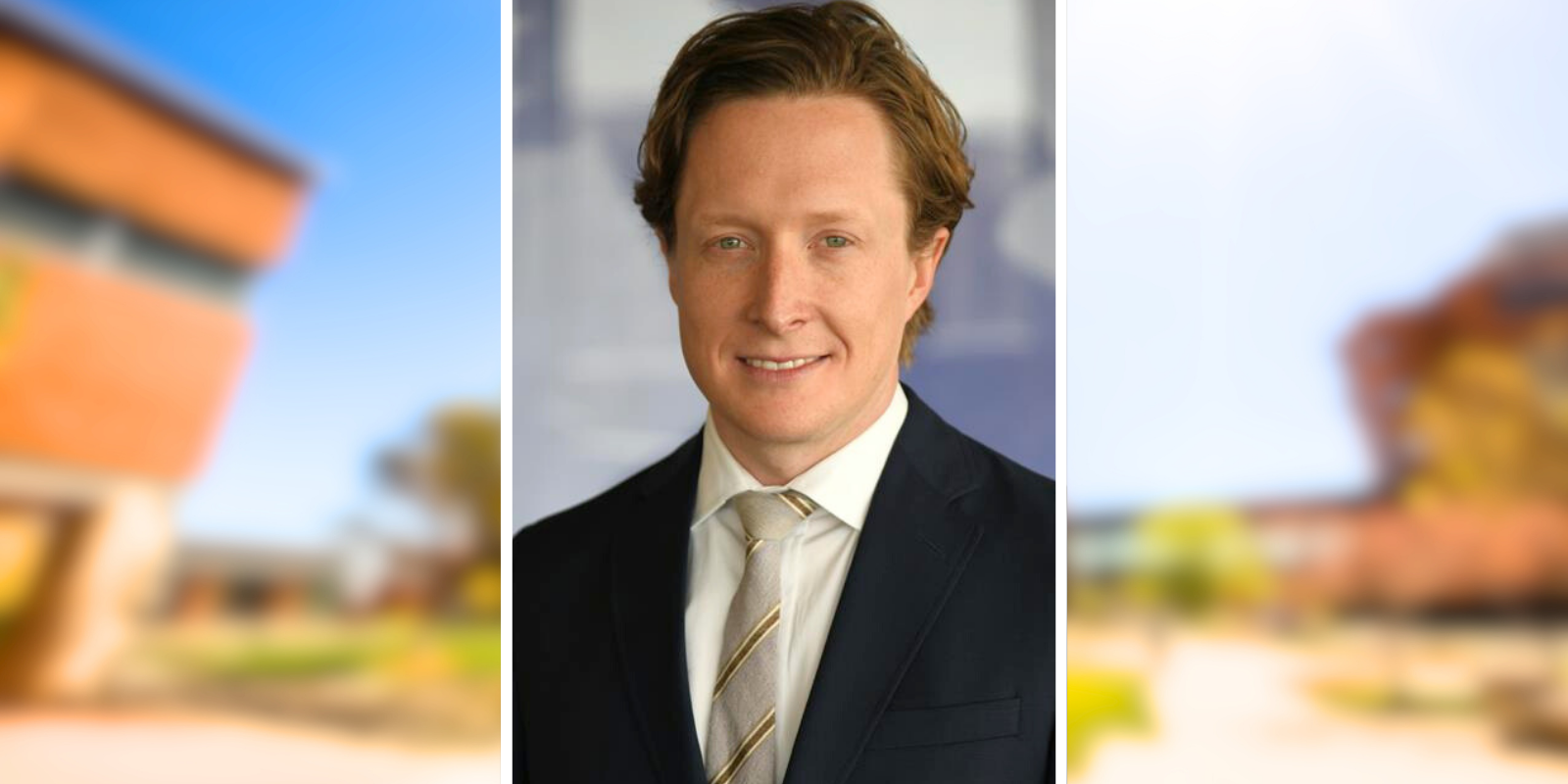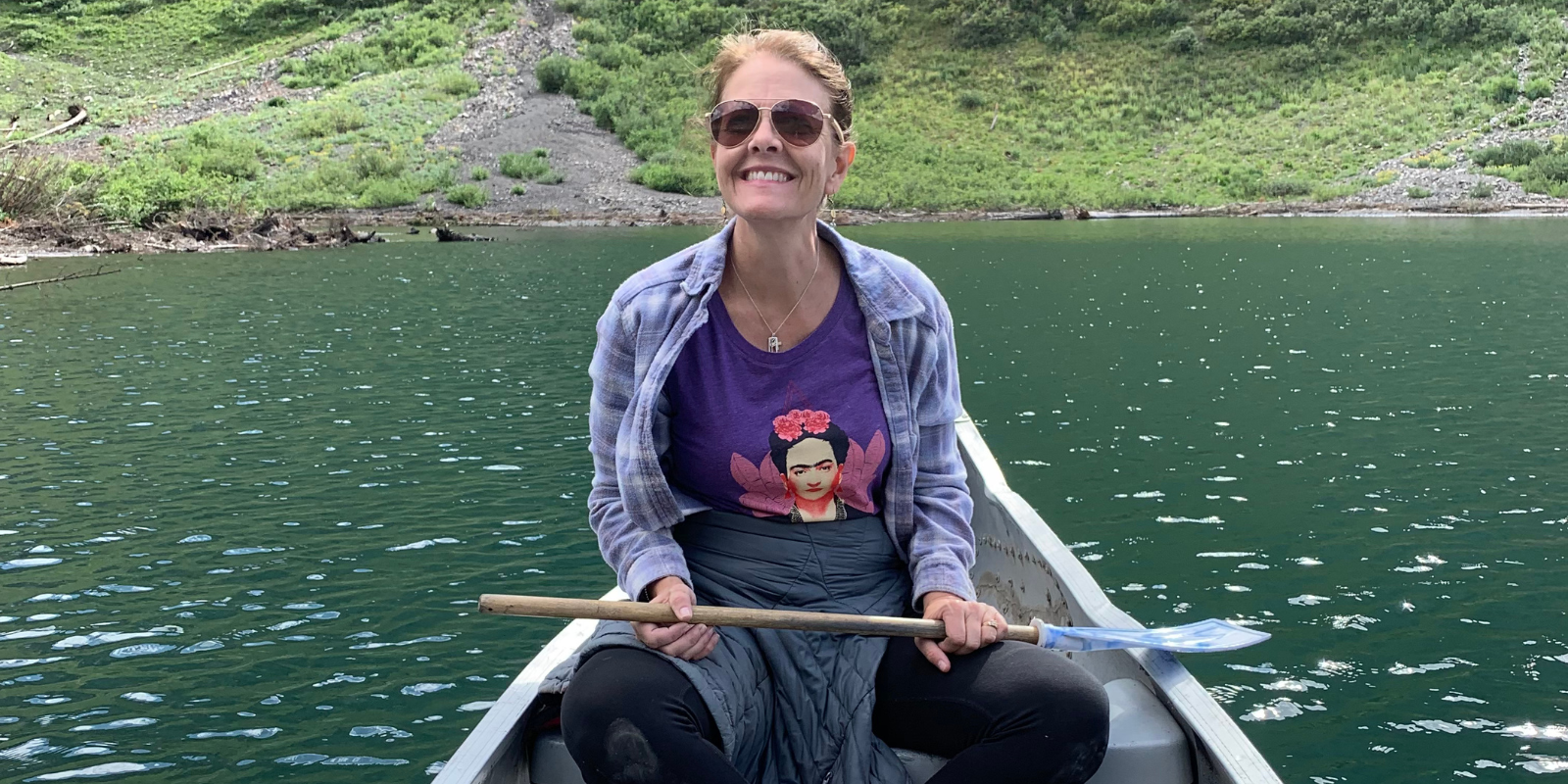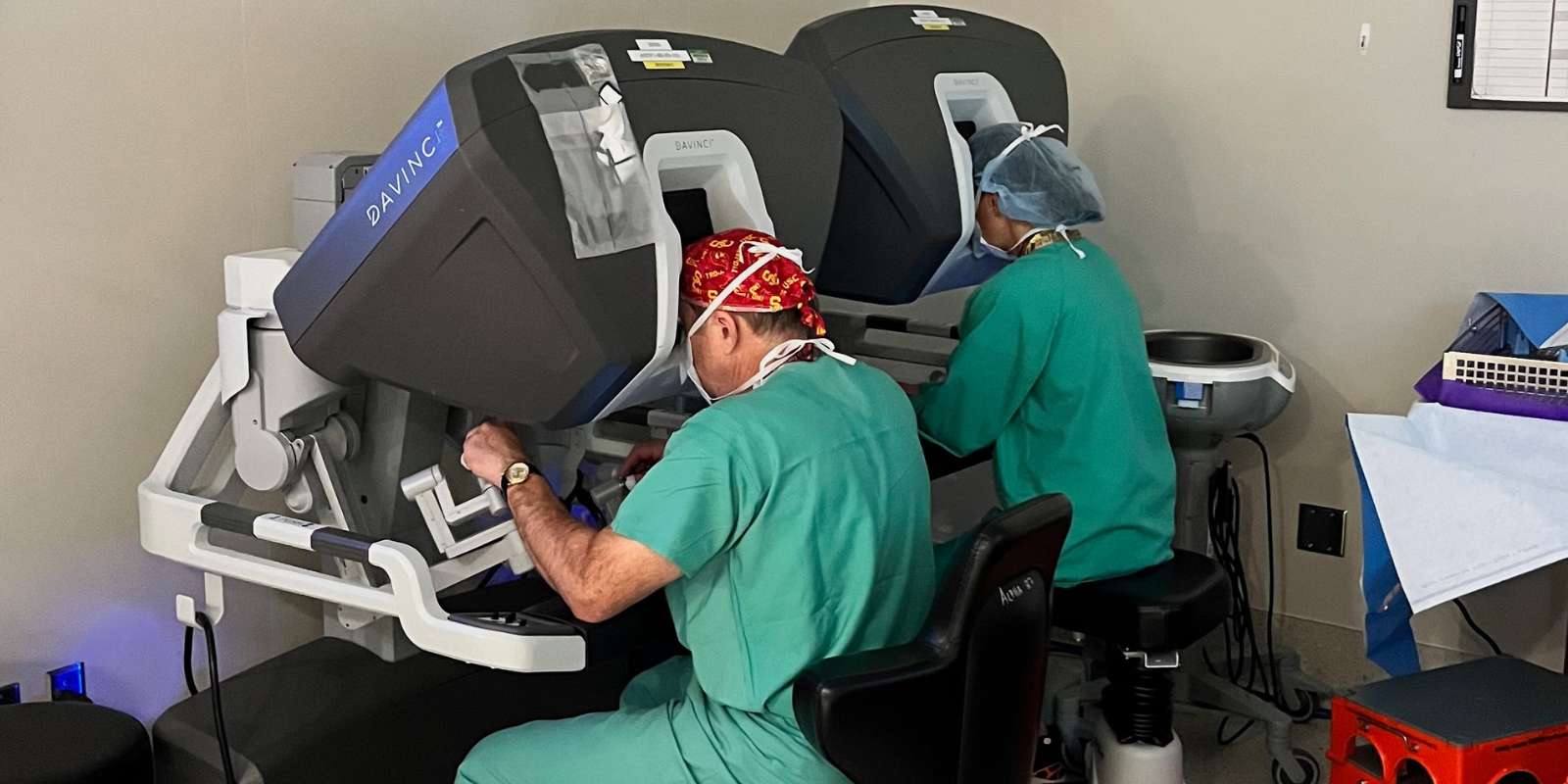Cenea Kemp, MD, a general surgery resident in the Department of Surgery at the University of Colorado School of Medicine, took home the award for Best Oral Cardiac Presentation at the annual meeting of the Eastern Cardiothoracic Surgical Society in October.
Kemp was recognized for her research titled An Analysis of Aortic Remodeling in TEVAR for Aortic Dissection: Balloon Flap Fracture vs. the Traditional Method.
Working with principal investigator Muhammad Aftab, MD, associate professor of cardiothoracic surgery, Kemp looked at two different types of treatment for an aortic dissection — a condition in which blood penetrates between layers of the aortic wall and creates a duplicate channel called the false lumen. Kemp and Aftab looked at the differences in outcomes between patients who received a standard thoracic endovascular aortic repair (TEVAR), in which a stent is inserted into the weakened area of the artery to provide a route for blood to flow through, and those who received a TEVAR using a balloon to expand the stent to further facilitate aortic remodeling.
“Traditionally you don’t use a balloon to fully expand the stent, but for the past few years, we’ve been intermittently using a balloon in patients who present with subacute and chronic aortic dissection,” Kemp says. “We wanted to compare this method to the traditional method to see whether or not patients had better aortic remodeling.”
Balloon is better
The research team investigated more than 60 patients who were treated for subacute and chronic aortic dissection between 2016 and 2022 and found that those whose surgery involved a balloon to expand the stent had better outcomes than those who had the standard TEVAR. Using the balloon, they found, helped to make the false lumen smaller and the true lumen larger over time.
“You can’t use the balloon in acute dissections because you’re worried about rupture; you’re worried about making the dissection worse,” Kemp says. “People have shied away from using it because of that concern, which is why we wanted to look at using it in the subacute and chronic patients, where it would be safer.”
Kemp is currently writing up the research in a paper she hopes might help to change the standard of care for patients with subacute and chronic aortic dissections. It’s one of several research projects she has been involved in during her six years as a surgical resident at CU, which is also where she received her medical degree.
Love of science
Kemp was born and raised in Denver and went to Colorado State University, where she originally intended to study veterinary medicine.
“I changed my mind; I wanted patients who could speak,” she says, adding that her interest in medicine grew out of her lifelong love of science.
“I like seeing how things work and seeing that you can solve a problem and understand it,” says Kemp, who plans to continue her medical training with a cardiothoracic surgery fellowship once her residency is complete. “It feels like a puzzle to me. Math and English were not my forte, but science — you can work through it. It's a stepwise process. There's something that’s going to fit.”




